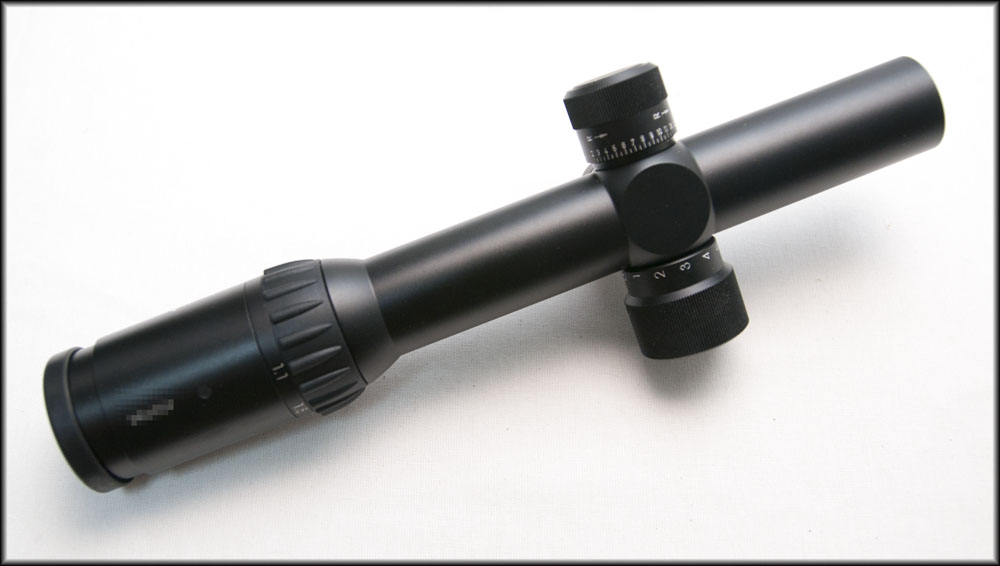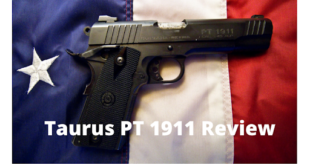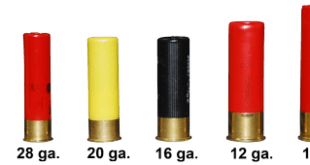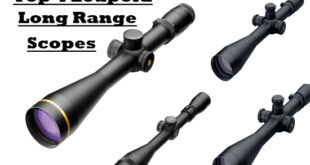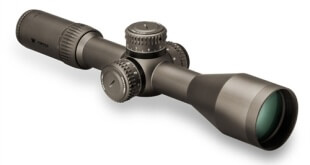The Schmidt and bender 1.1-4×20 pm short dot model is a blend of a red spot sight and an extension. It has been created for the utilization of short and medium separations. With a low amplification, the Schmidt and bender short dot may be utilized like a red dab sight. The red target dab is reflected in the focal point of the reticle. Turned off the lit-up dab vanishes totally leaving the client with a typical reticle. The enlightening unit offers 5 enlightenment stages for the utilization in wide light. The red speck stays unmistakable, even on snow or sand or in brilliant daylight. The utilization in poor lighting conditions accommodates 3 lit-up stages, while an alternate 3 three stages allow the utilization in the mix with night-vision goggles. A programmed locking capacity is utilized to secure rise and windage and in addition the lighting up unit against any automatic alteration.
Let us look at the Schmidt and bender reviews whereby you have a decision of rings adjusted for the M855, 75 gr. TAP or M118lr burdens, to cover the famous 5.56 and 7.62 offerings. Locking windage, elevation, and brightening turrets protect that the scope’s settings won’t change considerably under the most thorough utilization.
The reticle is placed in the first central plane and incorporates going capacities at higher amplification. At 1.1 forces, the skeleton post framework for all intents and purposes vanishes for quick, precise target procurement.
Planned particularly for 1.1–4 x 20 CQB scope, this refined reticle is to a great degree fine at low amplification, darkening just about none of the target. The freshest Flash Dot engineering gives three diverse brightening levels, totally controllable in a different turret. Stops 1 to 3 gives shifting brightening intensities at low levels, intended for utilization with night vision goggles. Stops 4 to 6 give marginally larger amounts of power to be utilized by the stripped eye as a part of low light conditions, permitting the shooter to focus the exact point against a dull focus on that would cloud non-lit-up reticle. Stops 7 through 11 enlighten the core spot to high intensities.
Single, Double & Multi-Turn
Another change instrument called the ‘twofold turn’ utilizes two transformations of the turret, making the most extreme rise travel accessible for the client. To stay away from any perplexity the Schmidt and binge designers composed an extra component offering little windows on top of the rise turret. In the event that the color is dark, this demonstrates that the rise modification is in the first insurgency, when the second arrives at the shade changes to yellow. This unique, splendid, dim difference is effortlessly unmistakable even in low light conditions and leads the clients’ eye to the upper, yellow-filled scaled to the turret top that denotes the second unrest.
Conclusion:
Advanced, from the fundamental Short Dot show, the expansion of locking turrets and the CQB reticle in the Schmidt bender short dot brings about a profoundly particular instrument, which is suitable for high-stretch urban and combat situations.
 www.GunsandOptics.com Tactical & Hunting Gear Review
www.GunsandOptics.com Tactical & Hunting Gear Review
